Explore the obscure: 6 secret museums to check out in Singapore
Sign up now: Get ST's newsletters delivered to your inbox
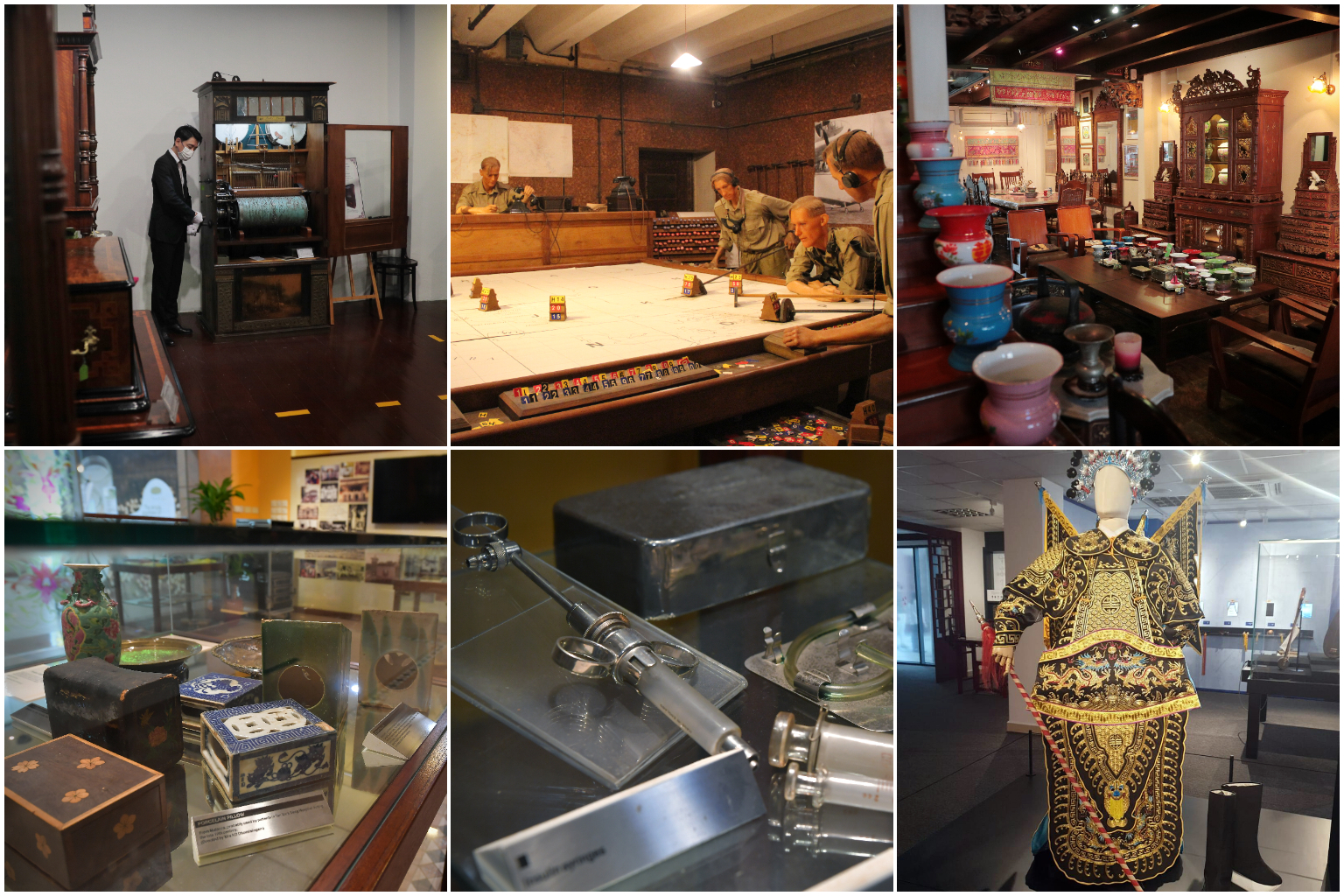
(Clockwise, from top left) Singapore Musical Box Museum, The Battlebox, The Intan, Kreta Ayer Heritage Gallery and Tan Tock Seng Hospital Heritage Museum.
PHOTOS: JASON QUAH, BATTLEBOX/SINGAPORE HISTORY CONSULTANTS PTE LTD, NG SOR LUAN, VENESSA LEE
Follow topic:
SINGAPORE - Fancy a dose of culture this weekend? If you have exhausted the big guns, like National Gallery Singapore and the National Museum, why not visit less well-known, niche museums?
With the authorities urging Singapore residents to patronise home-grown attractions and boost domestic tourism under Covid-19, now may be the best time to explore the obscure museums sprinkled across the island.
These niche museums represent a chance to understand the unwavering zeal of collectors of musical boxes, medical equipment and war paraphernalia.
Mr Alvin Yapp, the 50-year-old owner of The Intan, a private Peranakan museum, for instance, has been collecting the antiques of his heritage since he was a teenager.
Small museums delve into what appears to be a narrow interest, but invariably illuminate something larger.
The Singapore Musical Box Museum, for example, shines a light on the history of how music for the masses came to be recorded.
Here are some niche museums to check out to broaden your horizons.
SINGAPORE MUSICAL BOX MUSEUM
The music box, which gained popularity in the 19th century, does not play only tinkly tunes.
At the Singapore Musical Box Museum in Telok Ayer Street, one music box booms with the layered notes of an orchestra.
There is literally a mini orchestra within this music box, which encloses a piano, mandolin, drums, cymbals and a triangle.
Made in Germany, it was installed on a cruise ship for entertainment in the early 20th century. Wider than a fridge, at 2m high, it is taller than the average man.
At the Lilliputian end of the scale, a Swiss wind-up instrument measures 5cm by 7cm, fitting nicely into a snuff box.
With more than 40 music boxes and other artefacts, the museum showcases an under-appreciated slice of musical history.
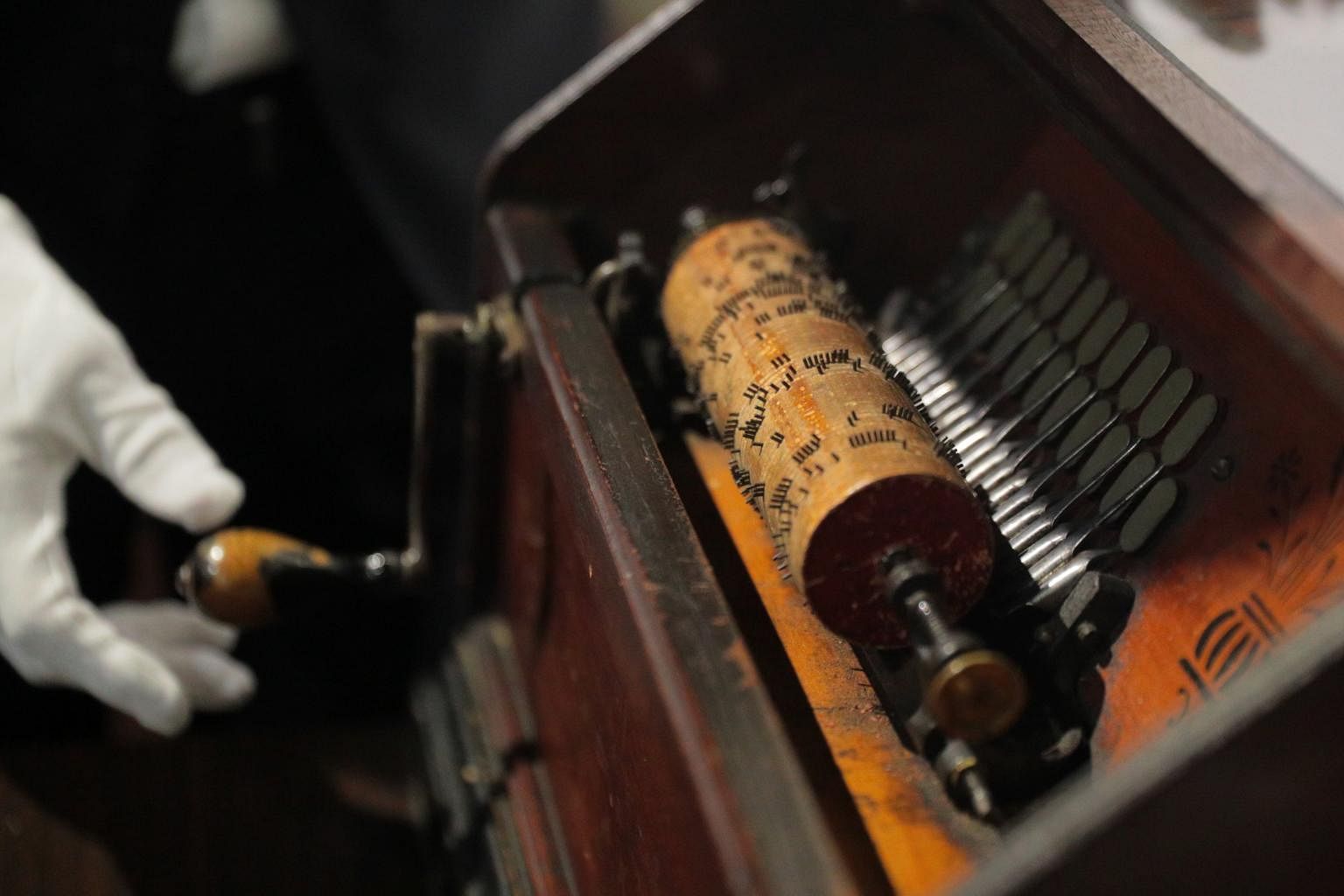
Its chief executive officer Takumi Minami notes that the music box was an important form of early recorded music before it was "killed off" by the phonograph, invented in 1877 by American Thomas Edison, which later became known as the gramophone.
Unusual offerings at the museum include a porcelain music box with revolving cigarette holders, possibly used by chic society types chillaxing in a salon.
Step into the next room and a slight unease enlivens the proceedings. A music box takes the form of two birds, preserved by taxidermy, in a cage. Through a whistle-like mechanism, these creatures twitch their beaks and bodies, emitting perfect birdsong. It is eccentric, but the sheer artistry is cause for wonder.
Where: 168 Telok Ayer Street
Open: Mondays to Saturdays,
10am to 6pm
Admission: $12 (adults), $6 (students and seniors)
Info: Book at Singapore Musical Box Museum website
THE BATTLEBOX
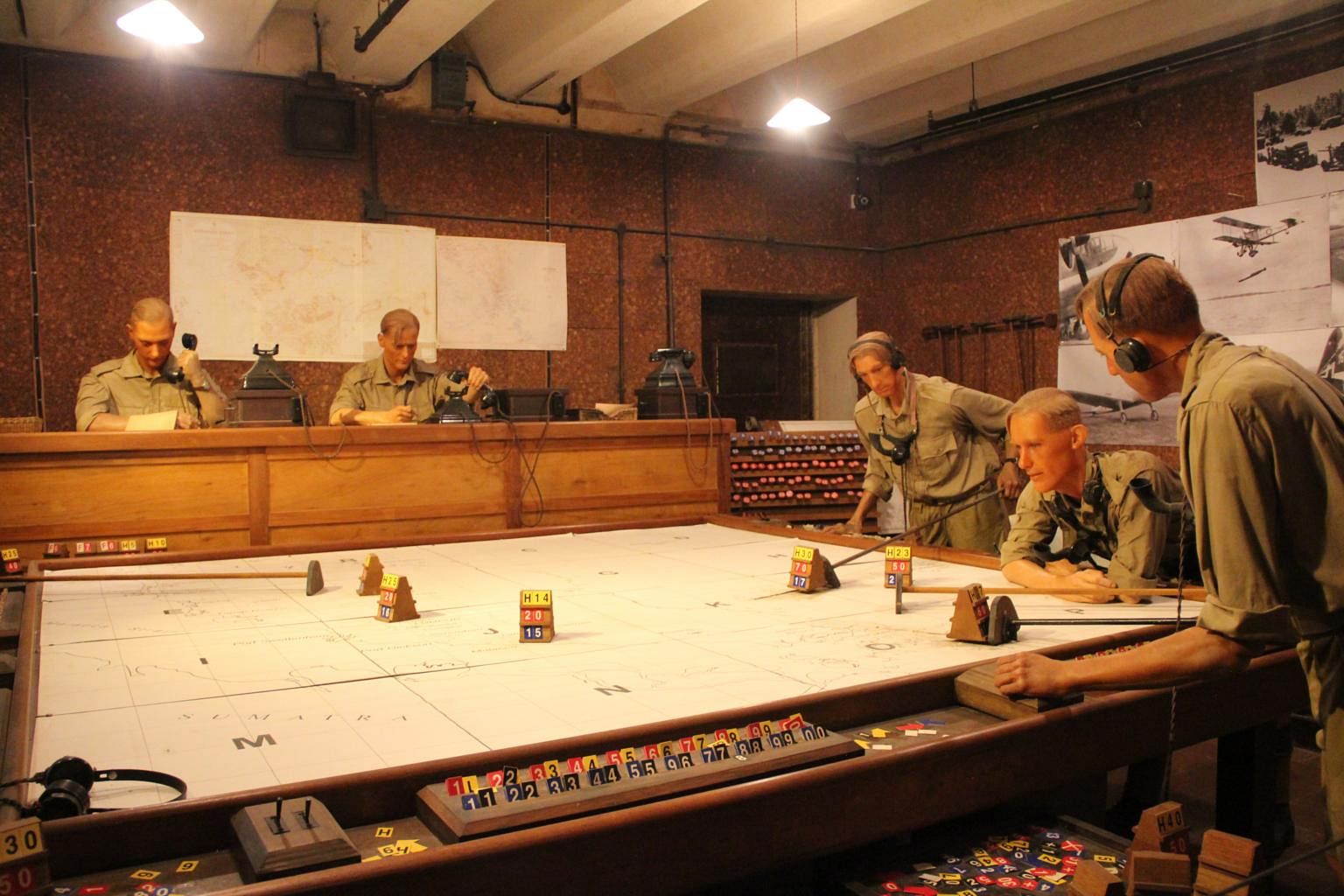
This World War II bunker at Fort Canning Hill evokes a gamut of emotions about the unfolding of war.
In one room, the clock shows 9.30am. It is Feb 15, 1942, and the commander of the Allied forces defending Malaya and Singapore is hours away from surrendering to the invading Japanese.
Lieutenant-General Arthur Percival holds court in a tableau of wax figures in this former British command centre. Later, he will be widely blamed for the fall of Singapore. For now, he announces a plan to stave off disaster.
But he is persuaded otherwise by the 11 other top military men in the meeting room. The writing is on the wall - the British and other troops in Singapore have only two days of food left.
This suspenseful, blow-by-blow account of how the decision to surrender was made in this underground bunker is narrated on video.
Meticulously researched, the facts and artefacts presented could overturn some people's perceptions about World War II.
Were the British truly caught off guard by an attack from the north of Singapore, while they trained their guns in vain to the south?
Information panels tell of how Percival had filed a prescient report to his superiors in the mid-1930s. He wrote of how an enemy could access south Thailand and northern Malaya, which could leave Singapore vulnerable.
Japanese forces landed in those places in December 1941, but British defences were inadequate. The enemy thundered through Malaya to reach Singapore in 55 days.
The loss, risk and endless deliberations of war come through, as do more subtle emotions, such as a wistful hopefulness and the boredom of waiting for battle.
Graffiti in the toilet shows a Spitfire, an iconic fighter plane that did not see action in Singapore. Perhaps the unknown soldier who doodled it thought it could have made a difference to his war.
Where: 2 Cox Terrace
Open: Wednesdays to Sundays, 10.30am to 4.30pm
Admission: $15 (adults), $8 (children), tickets sold on site
Info: The Battlebox website
THE INTAN
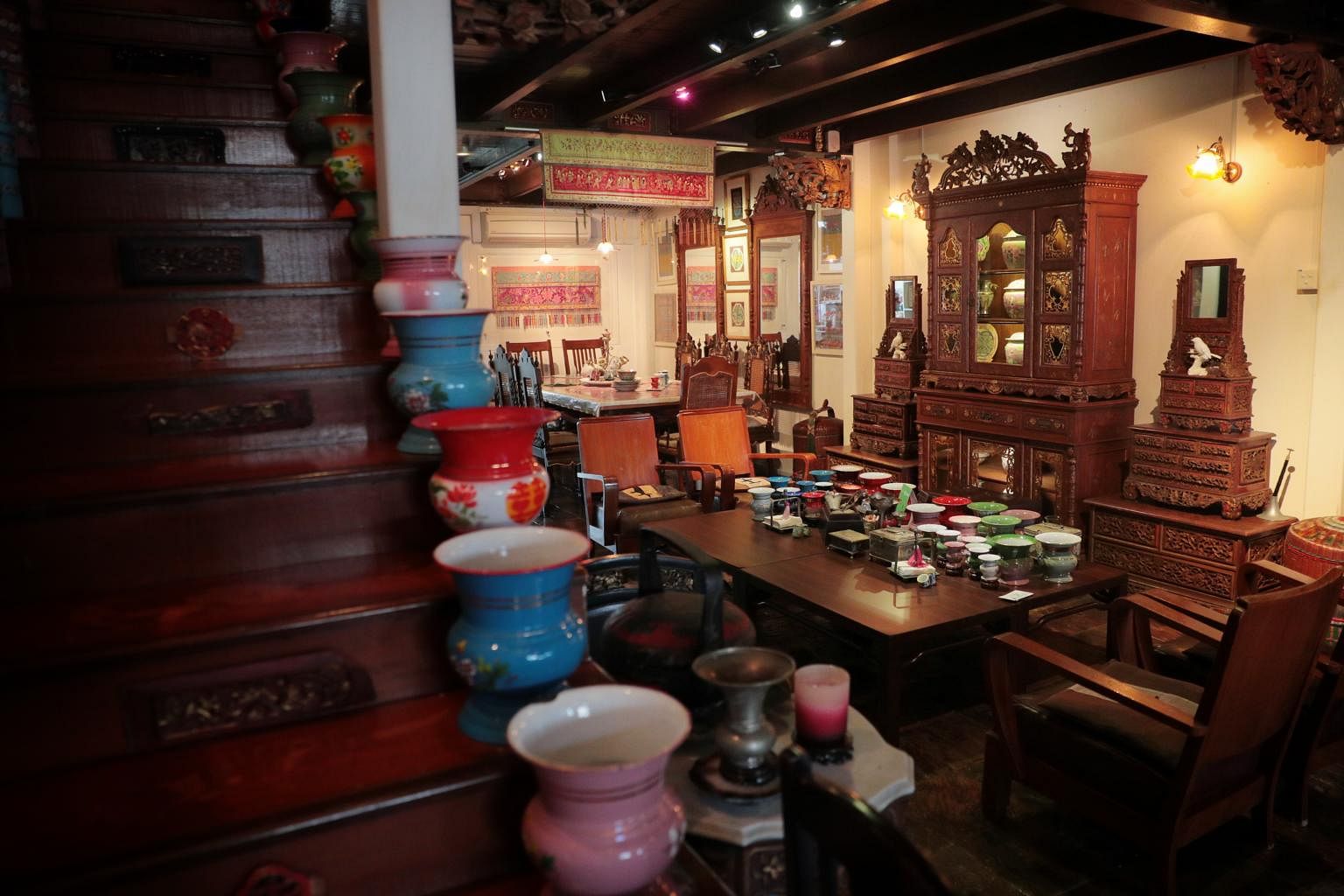
The Intan, a private Peranakan museum, calls to mind Ali Baba's cave.
While immaculate, with nary a mote of dust or misaligned piece of furniture, it is the kind of place where you half-expect to trip over something valuable.
It is a trove of bling and beads. There are different kerosang, or traditional Peranakan brooches; chains of the eponymous intan, or roughly cut diamonds of vintage Peranakan jewellery; and about 250 pairs of kasut manek, or Peranakan beaded slippers.
There are even wrappers embedded with beads, specially made for nian gao, a dessert that is popular during Chinese New Year.
The staircase is lined entirely on one side with multi-coloured tingkat, or tiffin carriers, while vintage spittoons flank the other side.
There are old black-and-white photos of Peranakan strangers, stern and unsmiling as the fashion was then, and books about Chinese folktales translated into Baba Malay or Peranakan Malay.
Owner Alvin Yapp, 50, who lives in this private home-cum-museum in Joo Chiat, is a magpie collector of all things Peranakan, a hobby he started when he was a teen interested in finding out more about his Peranakan background.
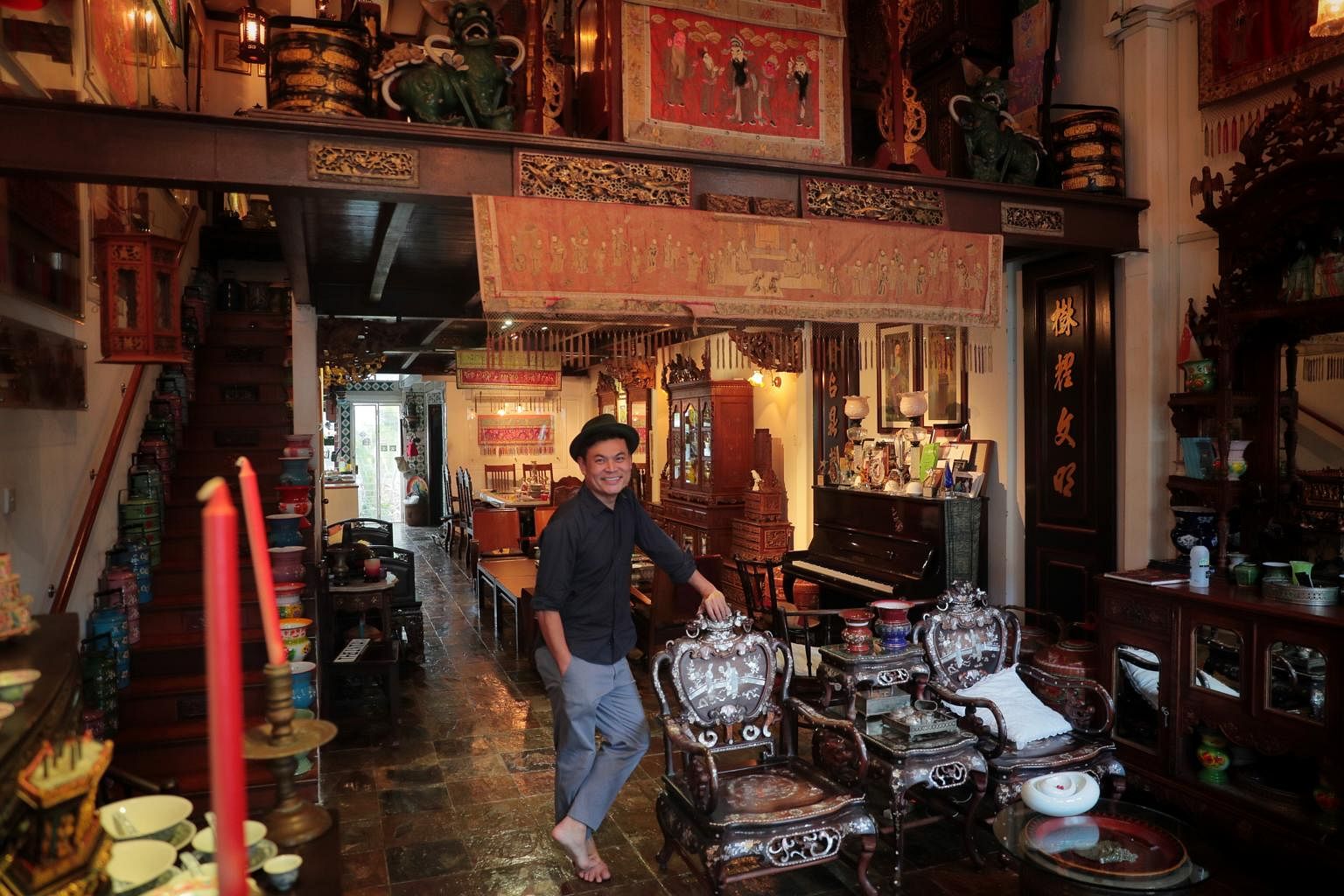
He has amassed about 5000 artefacts in more than 30 years, and feels a responsibility towards preserving his culture.
He has an eclectic sense of humour about his collection, though. He points to a tall sideboard which is adorned with a phoenix and peonies - auspicious Peranakan emblems. In the middle of it all perches an incongruous pair of American eagles.
Where: 69 Joo Chiat Terrace
Admission: $64.20 (adults), $32.10 (children), by appointment only
Info: The Intan website
HOSPITAL MUSEUMS
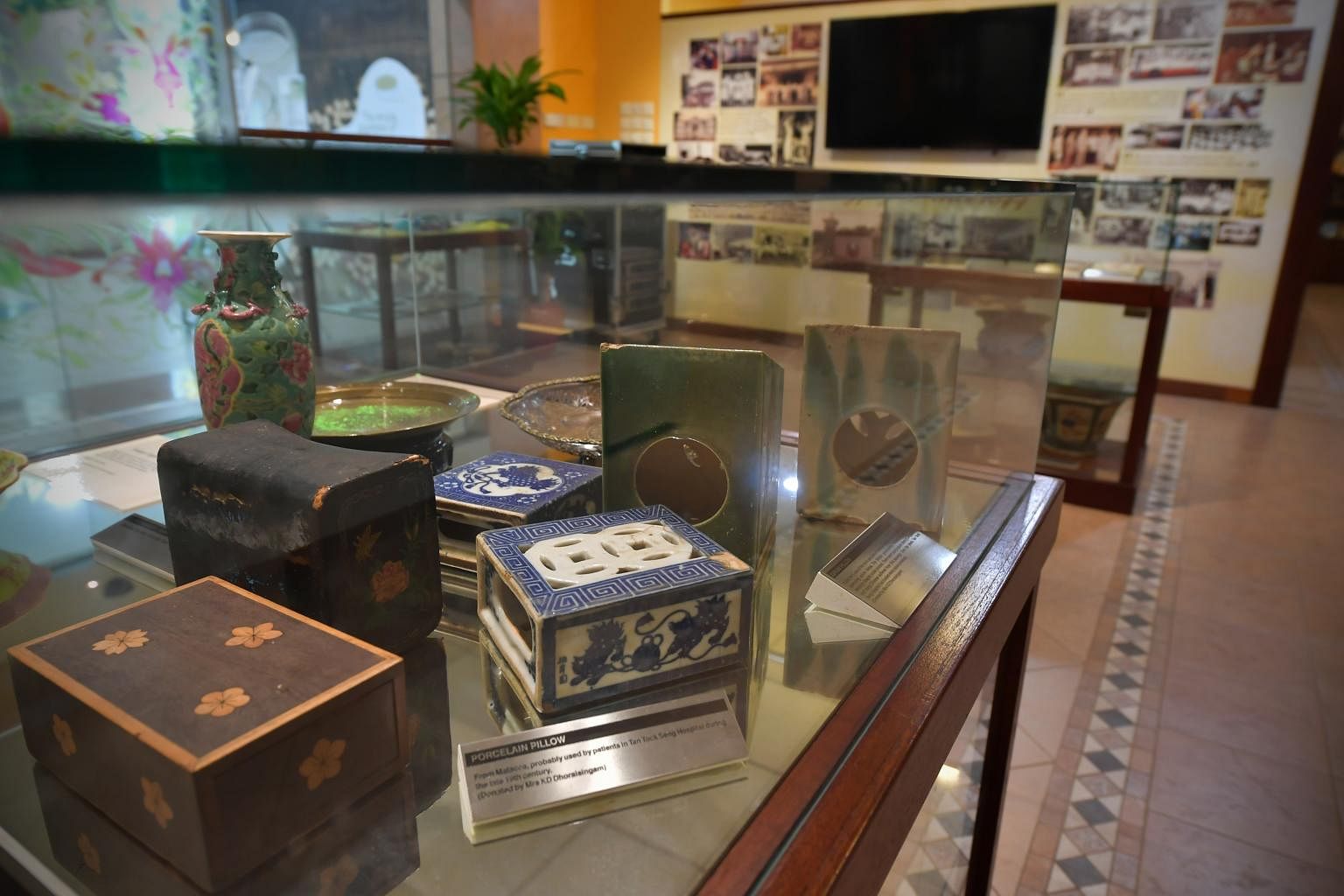
Some hospitals have museums on their premises that provide an intriguing glimpse into medical history in Singapore.
At Tan Tock Seng Hospital (TTSH) Heritage Museum, located on the first floor of the hospital, there is a bed with a hole carved out in the middle, with a container for bodily waste underneath. It was used by patients with cholera, who had severe diarrhoea.
Singapore General Hospital (SGH) Museum, at Bowyer Block Clock Tower in the hospital in Outram Road, also has its share of eyebrow-raising equipment, like an amputating saw used to cut off gangrenous limbs in the early 1900s.
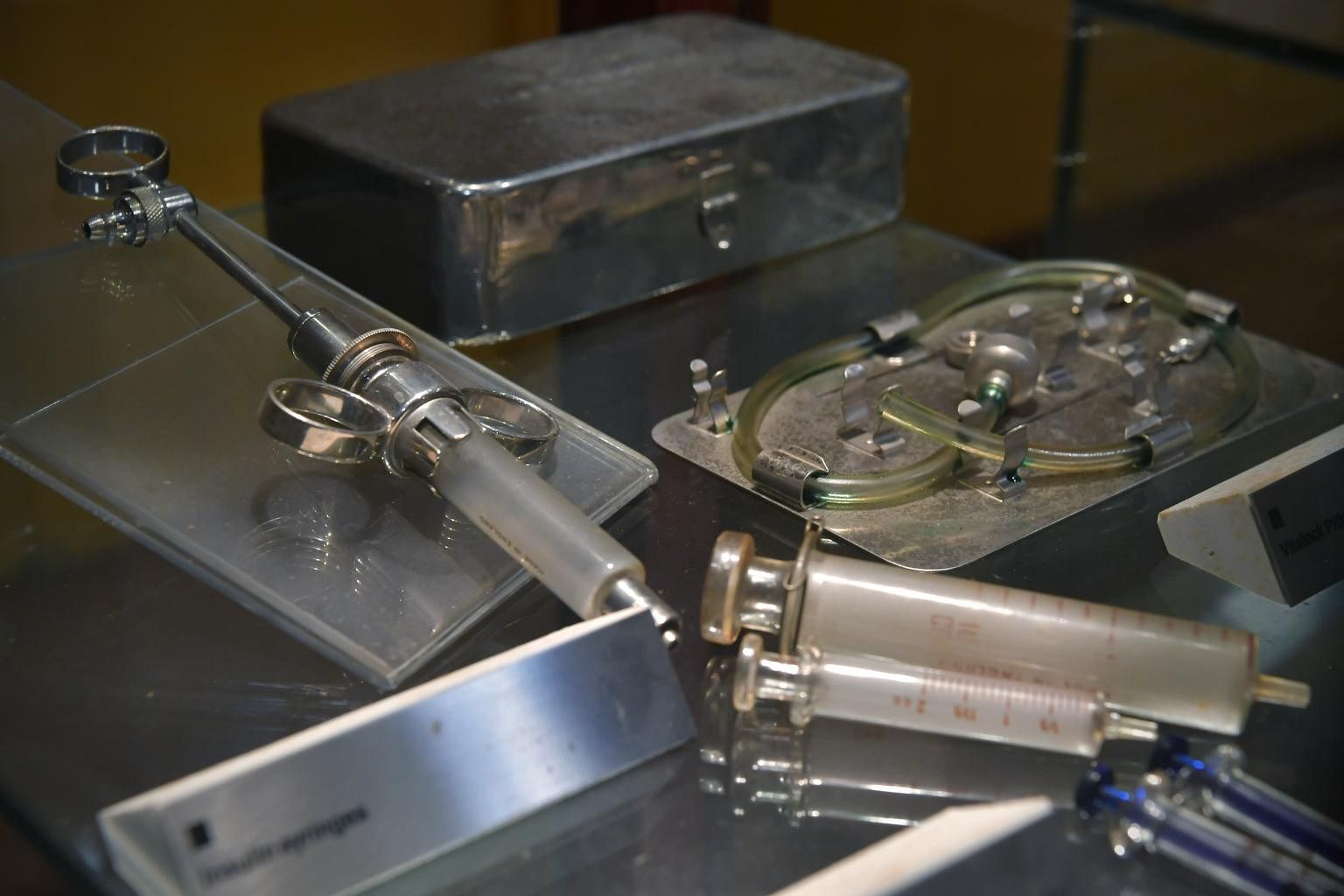
SGH Museum also commemorates world-class local medics. Dr Tay Chong Hai, for instance, was the first Singapore physician to have a disease named after him in 1971. Tay syndrome is a rare genetic disease characterised by unusually dry skin and brittle hair.
Around that time, he also discovered that Chinese herbal pills on sale then, which were prescribed for asthma, contained the poison arsenic, a discovery that prompted an outcry and led to stricter regulation.
Where: TTSH Heritage Museum: Level 1 Tan Tock Seng Hospital (next to Kopitiam), 11 Jalan Tan Tock Seng; SGH Museum: Bowyer Block Clock Tower, Singapore General Hospital, Outram Road
Open: TTSH Heritage Museum: Mondays to Fridays, 8.30am to 6pm; SGH Museum: by appointment only
Admission: Free
Info: TTSH website; SGH website
KRETA AYER HERITAGE GALLERY
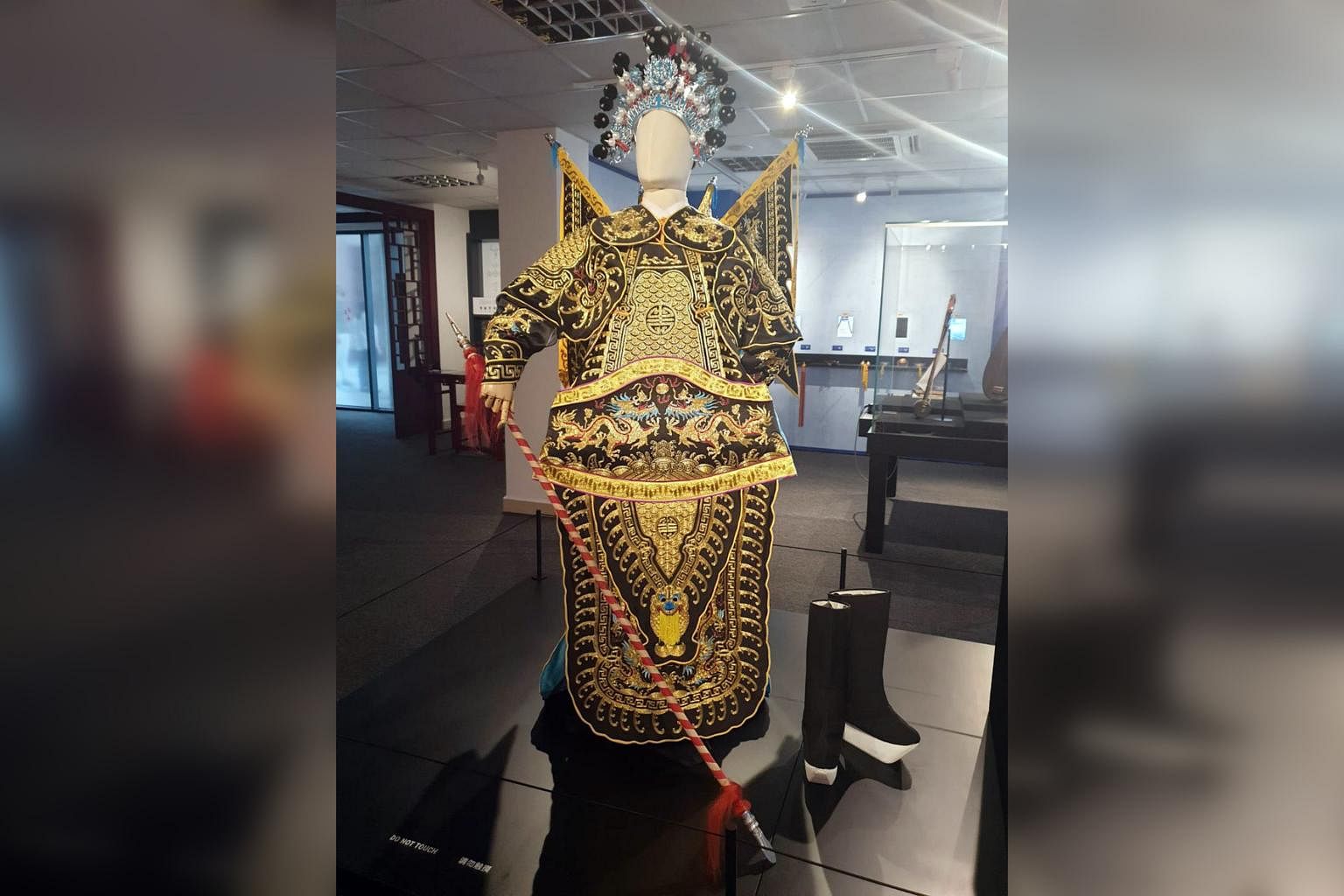
At just 100 sq m, Kreta Ayer Heritage Gallery is a small and beautiful gem.
Located within Kreta Ayer Community Club, it showcases the rich history of Kreta Ayer and Chinatown, where a red-hot arts scene sprung up when early Chinese immigrants settled there.
A photograph of a jam-packed crowd before a Chinese opera stage near the former Ellenborough Market, taken in the 1890s, shows how these singers were yesteryear's pop superstars.
Two faceless mannequins wearing Cantonese opera costumes take pride of place in the gallery.
The male general in battle costume wears gold and black (above), with scale-like motifs representing ancient Chinese armour. The four triangular flags attached symbolise military honours.
The female general's costume is softly sumptuous in pink and blue, with more feminine touches like tassels.
The mannequins look like a majestic hybrid of humanoid butterflies.
I listen to the recording of traditional nanyin music, with its high-pitched tones. The piece is aptly called Reminiscence. The longing in the music is palpable.
Where: Level 1 Kreta Ayer Community Club, 28 Kreta Ayer Road
Open: Tuesdays to Sundays, 10am to 6pm
Admission: Free

